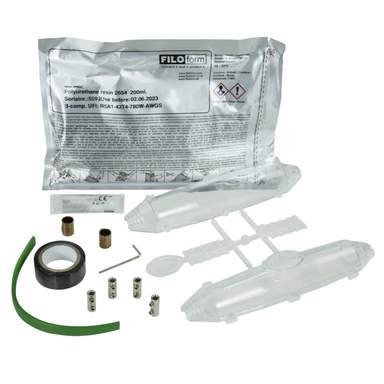Hi
I am looking to install some driveway up lights on my new drive way, either side of my drive is grass/gravel (soft dig)
I have spoke to a couple sparky mates and they have done it with galv conduit t boxes, wagos and magic gel (or similar) with gaskets/box lids. SWA between the boxes and flex out to driveway. Then bury these boxes to the side of the driveway so they aren’t on show, I know not ideal but no where else to put JB’s
My question is, is there a better way to do this? What’s the best thing to bury? Wiska box? Galv conduit box?
Any advice/ information greatly appreciated
Many Thanks
I am looking to install some driveway up lights on my new drive way, either side of my drive is grass/gravel (soft dig)
I have spoke to a couple sparky mates and they have done it with galv conduit t boxes, wagos and magic gel (or similar) with gaskets/box lids. SWA between the boxes and flex out to driveway. Then bury these boxes to the side of the driveway so they aren’t on show, I know not ideal but no where else to put JB’s
My question is, is there a better way to do this? What’s the best thing to bury? Wiska box? Galv conduit box?
Any advice/ information greatly appreciated
Many Thanks










